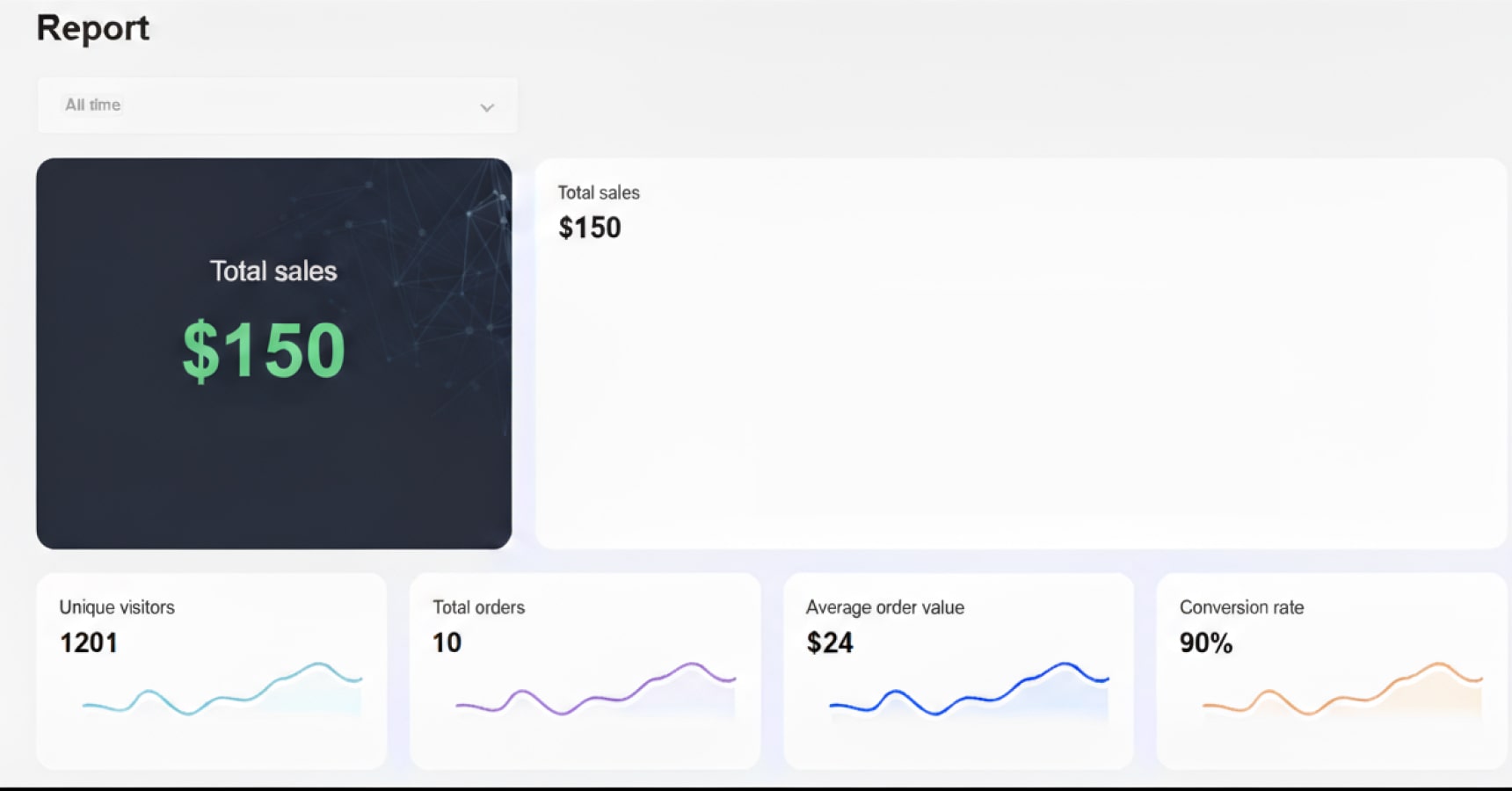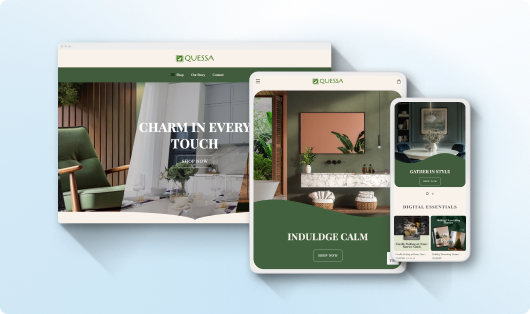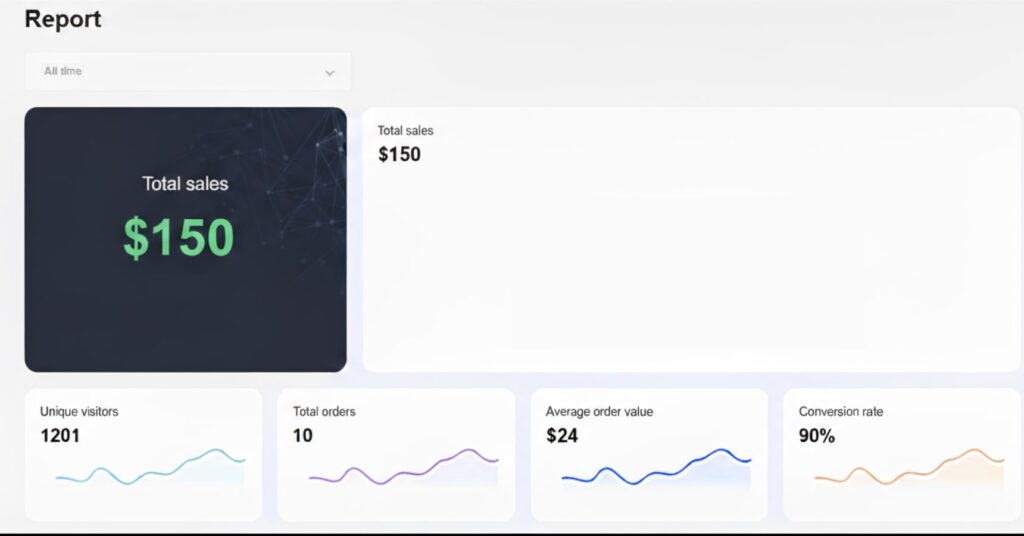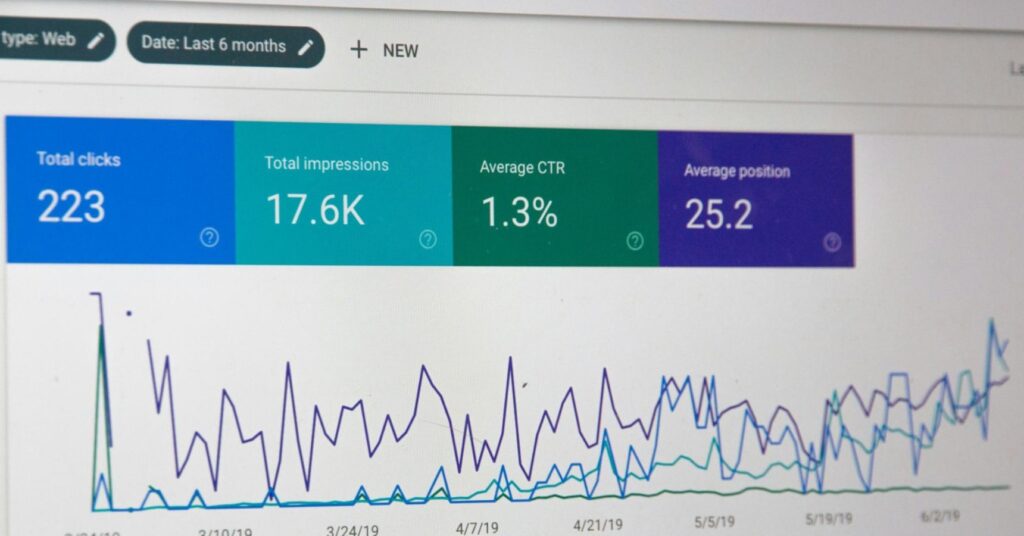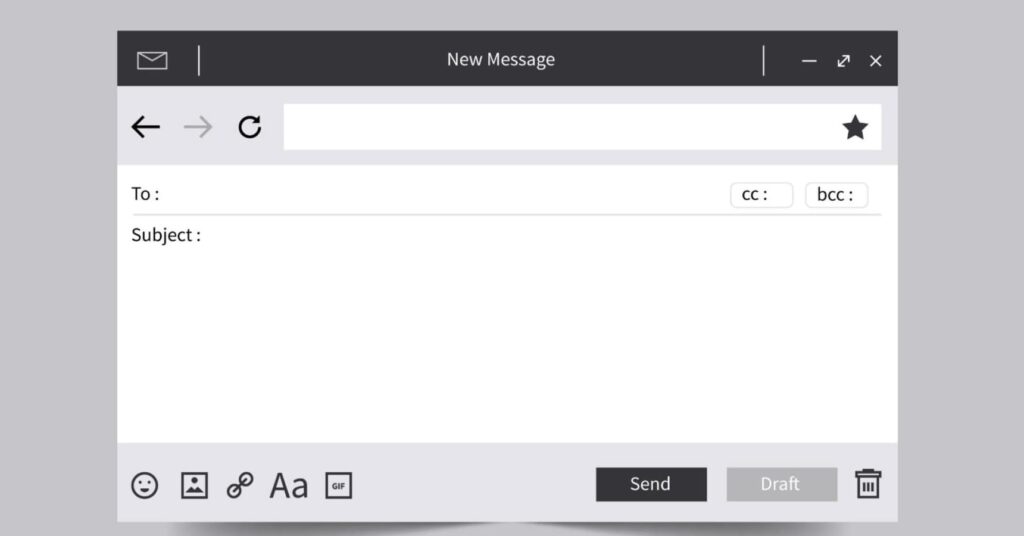Buying an online store can feel a little like standing at the edge of a pool: you want to jump in, but you’re not sure how cold it’s going to be. Will it pay off? Will you actually make money, or will you just end up with a very expensive hobby?
I’ve been there. And trust me, you don’t want to find out the hard way that the “great deal” you bought didn’t take off. But there’s where Offiro can help: there are actually telltale signs that separate a money-making store from a digital paperweight.
Every store on our platform has been checked, double-checked, and put through the digital equivalent of a stress test, but I still think it’s smart to look under the hood yourself. So, let’s talk about the green flags. Here are 7 things I personally look for when deciding whether a store is worth investing in. If you can check most of these boxes, you might just have a winner on your hands.
1. Consistent Traffic Trends
If there’s one thing you don’t want, it’s a store that’s a ghost town. A few clicks here and there don’t count, because you want real people walking through your digital doors every day. Consistent traffic tells you that the store is already visible, whether that’s through SEO, ads, or word of mouth.
Remember: traffic trends matter even more than traffic snapshots. A single viral spike might look great on paper (think of that TikTok that went crazy this summer), but if the store went quiet right after, that’s not a good sign. Look for traffic that’s steady or slowly climbing — this is your proof the business is alive and breathing on its own.
Where to Find/Track
Head over to your Offiro dashboard → Reports → Unique Visitors. Pull up the last 3–6 months if you can. You want to see a line that’s either flat or going up — no dramatic cliff-dives, no one-hit wonders.
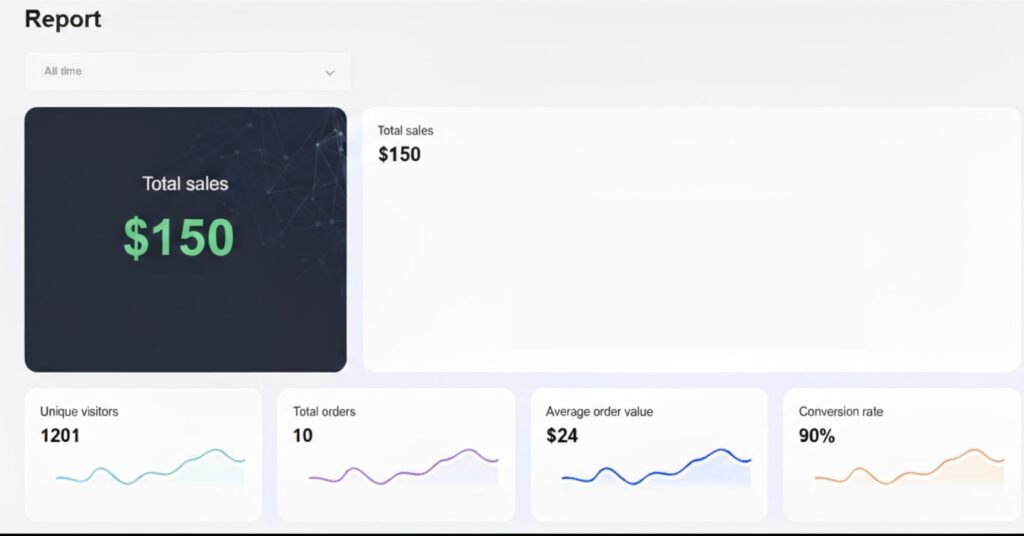
How to Decide if the Traffic Is “Consistent Enough”?
Here’s my personal rule of thumb: if the store gets visitors every single week — not just during one random promotion — that’s a good sign. I like to see numbers that don’t swing more than 10–15% from one month to the next. A little wobble is normal (even Amazon has slow Mondays), but huge peaks followed by deep valleys might mean the store is relying on one campaign or one influencer for all its traffic.
Another tip: check traffic sources. If 90% of visitors come from a single ad campaign, you might have to spend money every month just to keep the store alive. If traffic is more balanced — a mix of organic, direct, email, and ads — that’s a much healthier situation.
Practical Advice
If the traffic graph looks a little flat, don’t panic — it doesn’t mean the store is doomed. You can always boost traffic with a smart marketing push. Start with quick wins:
- Run a small retargeting ad campaign on Facebook or Instagram. Even $50 can bring back past visitors
- Share the store’s best products on TikTok or Pinterest — free traffic is underrated
- Set up an email campaign for people who’ve bought before ( or almost bought — abandoned cart emails are gold).
2. Healthy Conversion Rate
Traffic is great, but if no one’s actually buying, you’re just hosting a free digital art gallery. Conversion rate is where the magic ( and the money) really happens — it’s the percentage of visitors who actually hit that “Buy Now” button.
A healthy conversion rate tells you that the store isn’t just getting eyeballs, it’s turning them into paying customers. This means the product pages are doing their job, the prices make sense, and the checkout flow isn’t sending people running for the hills.
Fun fact: The average eCommerce conversion rate is not 60 or 70%. It’s actually around 2–3%. If your store is hitting 4% or more, pat yourself on the back — you’re already ahead of the curve.
Where to Find/Track
Log into your Offiro dashboard → Reports→ Conversion Rate. Look at the data for the last few months (not just one week). If the number stays in the same range or is climbing — you’re in good shape.
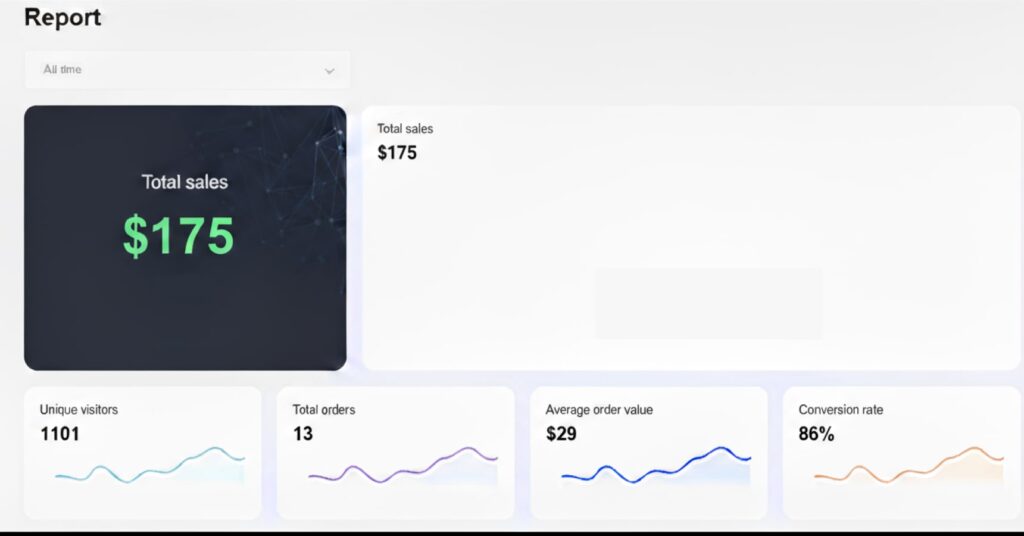
How to Decide if the Conversion Rate Is “Healthy”
Personally, I like to see at least 2% as a baseline. If you’re under 1%, something’s off — maybe the traffic isn’t targeted, or maybe the product descriptions aren’t convincing enough.
But don’t just look at the overall number. Check which products or categories are converting best — you might find hidden gems that could carry the whole store. And keep an eye on the checkout abandonment rate. If people add stuff to their carts but don’t finish, that’s a red flag ( or at least an invitation to run an abandoned-cart email campaign).
Practical Advice
If your conversion rate feels a little sleepy, there are plenty of ways to wake it up:
- Tighten up your product descriptions. Use clear, emotional language that makes people imagine using the product
- Add social proof. Reviews, ratings, and customer photos work wonders — people trust other people more than your marketing copy
- Simplify checkout. Fewer clicks = fewer chances for shoppers to bail
- Offer a small bonus. Free shipping over a certain amount or a small freebie can tip someone over the edge.
3. Steady Revenue and Profits
Traffic and conversions are nice, but let’s be honest — you’re not buying a store just to watch pretty graphs. You’re here for the dollars. Revenue and profit are the clearest signal that the store is working as intended.
Steady revenue means the store is actually running like a business instead of making random sales. Profitability, meanwhile, shows you how much money stays in your pocket after paying for products, ads, and other expenses.
Here’s the thing: a store with modest but consistent profits is a better buy than one with wild ups and downs. I’d take a store that brings in $2,000 a month every month over one that spikes to $10,000 one month and then drops to $500 the next. For me predictability equals peace of mind.
Where to Find/Track
Head to your Offiro dashboard → Reports→ Total Orders. Pull up at least three months of data (six is even better). Look for a nice, stable line — small bumps are fine, but if it looks like a roller coaster, dig deeper into what caused the swings.
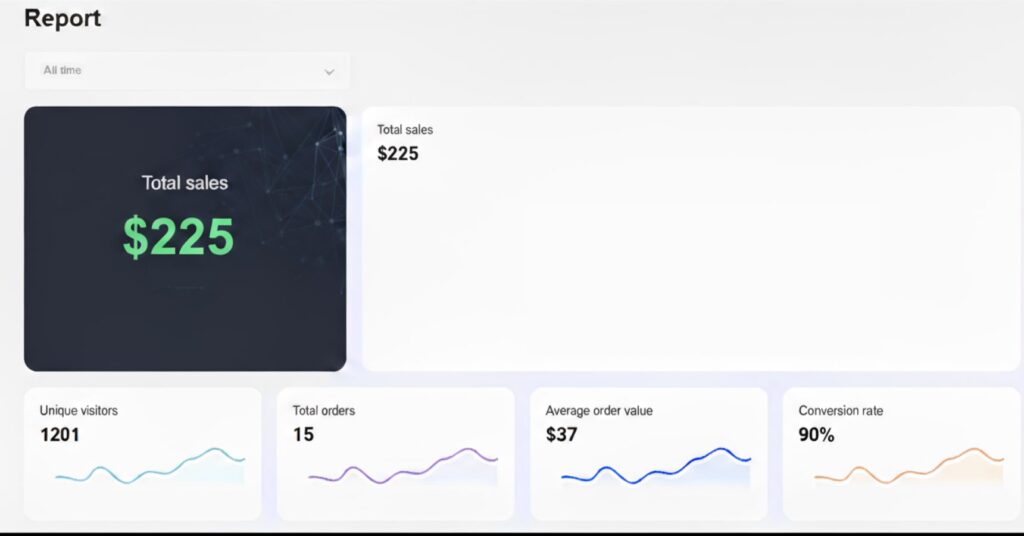
How to Decide if Revenue and Profits Are “Good Enough”
This depends on your goals. If you want a side hustle that pays for your Netflix, a few hundred dollars a month might be plenty. If you’re aiming to quit your 9-to-5, you might want to see $3k+ monthly profits before pulling the trigger.
The key is consistency. Look for stores where profit margins stay in the same range month after month. If margins suddenly collapse, that could mean product costs went up, ads got expensive, or something broke in the funnel.
Practical Advice
Want to keep revenue steady or grow it further? Here are a few moves that have worked for Offiro clients:
- Double down on best-sellers. Promote them harder, keep them in stock, and consider adding upsells
- If it doesn’t work, don’t sell it. If a product has low margins or keeps getting returned, cut it. Dead weight kills profits
- Watch ad spend like a hawk. A campaign that used to perform can suddenly tank — don’t let it quietly drain your budget
- Experiment with bundles or limited-time offers. They can drive bigger average orders and create a little urgency
4. Diverse Customer Base
You want a store with a mix of first-time buyers and repeat customers to keep your business healthy and growing.
A diverse customer base spreads risk. It tells you the store isn’t depending on just a few whales to stay afloat. Plus, repeat customers are gold — they already know the brand, trust it, and are cheaper to bring back than finding a brand-new buyer.
Personally, I love seeing a mix that looks something like this: a steady stream of new buyers ( because growth never hurts) and at least 20–30% of revenue from repeat buyers. That balance means the store has staying power.
Where to Find/Track
In your Offiro dashboard, head to Offiro dashboard → Reports→ Unique Visitors. You’ll see data on new vs. returning customers.
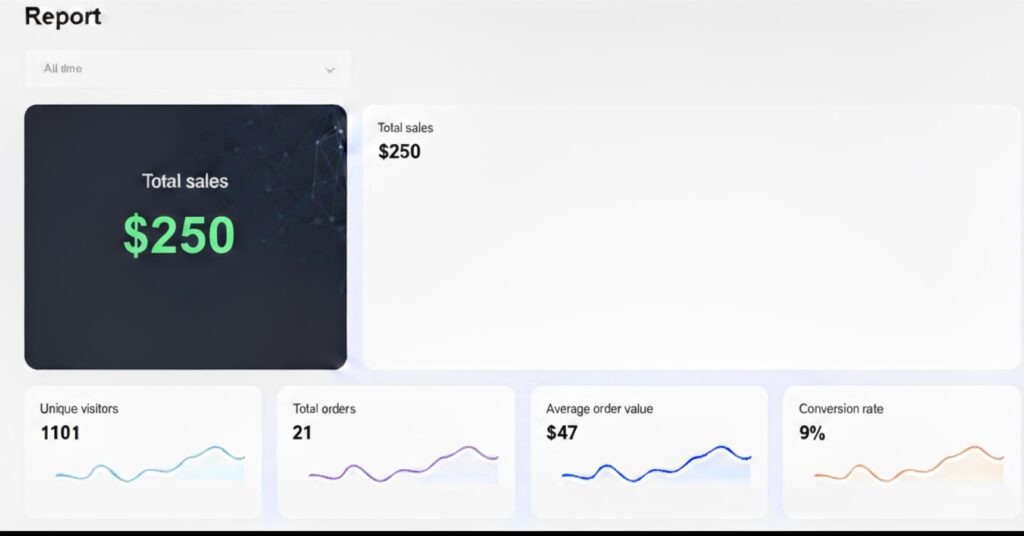
How to Decide if the Customer Mix Is Healthy
Here’s my simple rule:
- Repeat Purchase Rate below 10%? The store might be relying too much on one-time sales — expect to spend more on ads
- Repeat Purchase Rate 20–30%? You’ve got a loyal fanbase — amazing
- Repeat Purchase Rate 40%+? That’s rare. It means people love the products enough to come back over and over — astonishing
Also look at the average order value (AOV) between new and returning customers. If returning customers spend more, you’ve got room to upsell them even further.
Practical Advice
Want to build loyalty and keep those customers coming back? Try this:
- Start a simple email list. Send out new arrivals, tips, and exclusive offers
- Offer perks. A small discount for second-time buyers or a “VIP club” can do wonders
- Personalize your marketing. Show repeat buyers things related to what they’ve already purchased — Amazon-style
- Don’t forget the thank-you. A nice follow- up email or even a handwritten card for big orders can create superfans.
5. Niche With Growth Potential
Ever heard the phrase “ a rising tide lifts all boats”? That’s exactly what you want in eCommerce — a niche that’s riding an upward trend. A store in a growing market will have an easier time attracting customers, simply because more people are looking for what you sell.
Think about it: would you rather buy a store selling fidget spinners in 2025 ( a little late to the party) or a store in a booming niche like home fitness gadgets or pet tech? One is yesterday’s news, the other is tomorrow’s opportunity.
A strong niche helps you today and gives you more confidence about the future. If the demand curve is pointing up, it’s possible to scale, expand the product line, and even raise prices over time without scaring customers away.
Where to Find/Track
Head over to your Offiro dashboard → Products. This section is basically your control room for niche decisions. Here’s what you can do there:
- Spot your winners. See which products are selling the most and bringing in the highest profit margins
- Find new trends. Check the “Trending Products” tab — it’s updated with items that are hot right now, so you can add them to your store with one click
- Manage your own additions. If you’ve uploaded custom or digital products, this is where you keep track of them, update pricing, and tweak descriptions
- Adjust your lineup. Remove products that aren’t performing or bundle them with others to clear inventory and keep your catalog fresh
This is also a great place to experiment: try adding a few trending products for a month and see if they pick up traction. If they do, you’ve just expanded your niche’s earning potential without much effort.
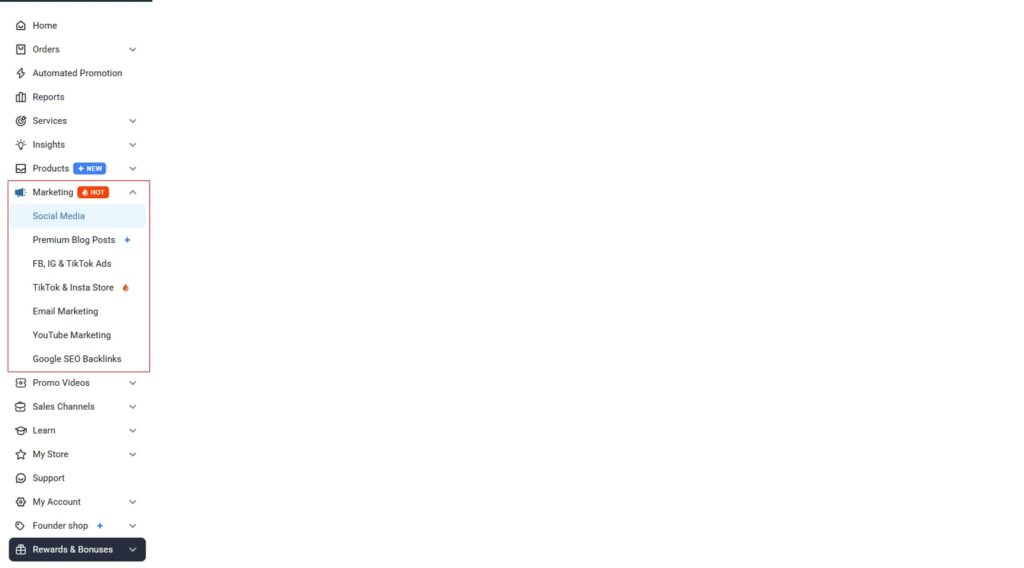
How to Decide if the Niche Is Promising
Here’s what I look for:
- Steady or rising search volume over the past 12–18 months
- Multiple products in the niche selling well (not just one lucky hit)
- Evergreen appeal — things people will buy year-round, not just during one holiday season
If a niche is super trendy but short-lived (remember adult coloring books?), it might work if you plan to cash in quickly. But if you want something sustainable, look for products tied to bigger lifestyle shifts — remote work, health & wellness, sustainable living.
Practical Advice
Want to make sure you’re picking the right niche — or future-proofing the one you’ve got?
- Spy on competitors. If they’re running ads consistently, it’s because they’re making money
- Add complementary products. If you’re selling pet beds, add pet toys or feeders — build a mini-ecosystem
- Keep an eye on trends. Set a reminder to check Google Trends or industry newsletters once a month
6. Low Operational Burden
Let’s be honest: no one gets into eCommerce because they dream about spending their nights answering support tickets or chasing suppliers. The beauty of a good online store is that most of the heavy lifting happens automatically — orders go out, tracking numbers get sent, customers stay happy — and you get to focus on growing the business instead of putting out fires.
That’s one of the things I love about Offiro stores. They’re not just random websites someone threw together on a weekend. Every listing is pre-vetted, meaning the operations, suppliers, and fulfillment process have already been tested and optimized. You don’t have to worry about whether a supplier will ghost you or if shipping takes six weeks — that part is handled.
A low operational burden means you’re buying yourself time. Time to market, to create new campaigns, to brainstorm fresh ideas, or just to spend a weekend away from your laptop without the business falling apart.
Where to Find/Track
Open your Offiro dashboard → Orders. This is where you can:
- See how orders are processed and shipped ( and how fast)
- Check supplier details and fulfillment status
- Automate customer notifications so you don’t have to manually send tracking links
- Monitor customer support tickets and response times
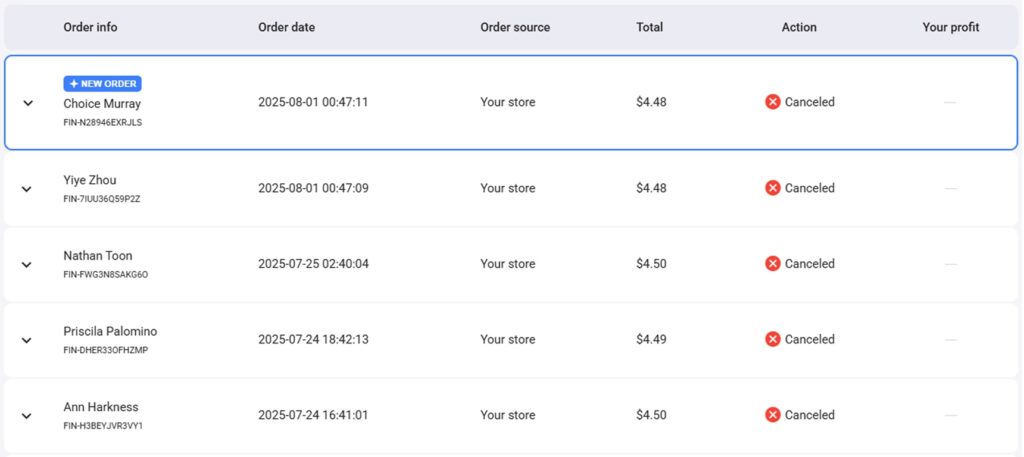
If you notice that the process already runs smoothly — few delays, minimal returns — that’s a sign the store is in good shape operationally.
How to Decide if the Workload Is “Low Enough”
Here’s my quick test: could you step away from the business for a weekend without it imploding? If the answer is yes — great sign. If you’d need to babysit every order manually, you might want to automate a few things first.
Watch for common red flags like constant stockouts, long shipping times, or a mountain of open customer complaints. If these aren’t happening, you’re looking at a store that’s already well-oiled.
Practical Advice
Want to make things even easier on yourself?
- Automate responses. Set up auto-replies for common questions like shipping times
- Track fulfillment speed. A delay of even one or two days can hurt reviews — catch problems early
- Batch your admin work. Instead of checking orders ten times a day, do it once in the morning and once in the evening
7. Ready-to-Scale Marketing Setup
Imagine buying a car with the tank full, GPS set, and your favorite playlist already queued up. That’s what it feels like when you get a store that comes with a marketing setup ready to go.
A good marketing foundation means you’re not starting from scratch — there’s already fuel in the engine. This might include an email list you can write to, ad accounts with existing campaigns, or a Facebook pixel that’s been collecting data for months. All of that saves you money and, more importantly, time.
The best part? You can take what’s already working and scale it. If there’s an ad campaign bringing in $500 a month at a solid ROAS, doubling the budget might bring in $1,000. That’s a way faster route to growth than building campaigns from zero.
Where to Find/Track
In your Offiro dashboard → Marketing, you’ll find everything tied to the store’s current promotion strategy:
- Email lists and past campaigns
- Retargeting pixel data (Facebook, TikTok, Google)
- Active or paused ad campaigns with performance data
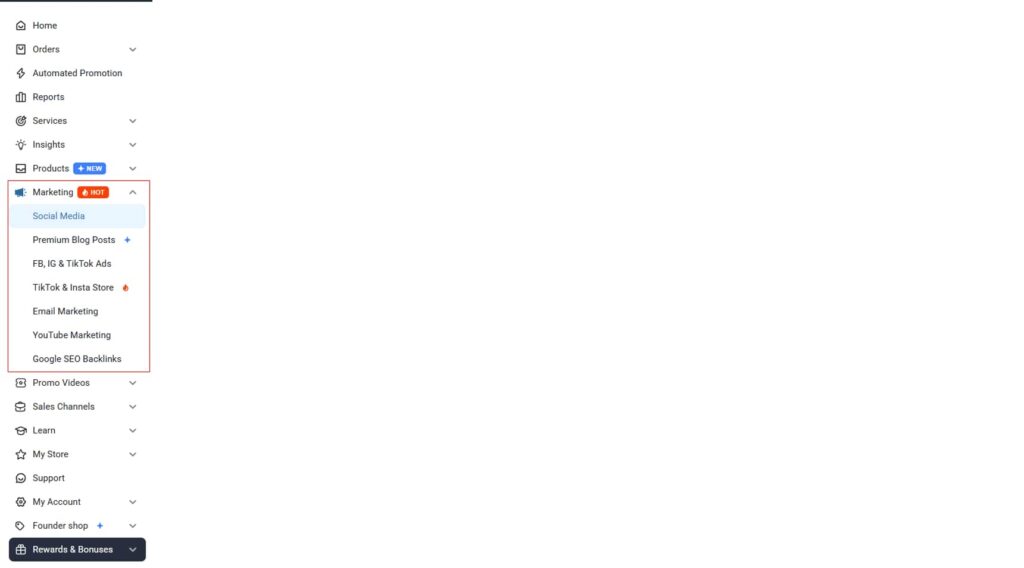
Take a look at open rates, click- through rates, and ROAS for any existing campaigns. If you see numbers that look healthy, that’s your green light to scale.
How to Decide if the Marketing Setup Is “Scalable”
Here’s my cheat sheet:
- Email open rates above 20%? Great sign — people care about what the store has to say
- ROAS above 2x on ads? That means for every $1 spent, $2 is coming back — that’s a solid base
- Pixel data with 500+ visitors? Retargeting will be cheaper and more effective
If these metrics look good, scaling is often as simple as increasing budgets or sending campaigns more regularly.
Practical Advice
Want to supercharge a store with a solid marketing base?
- Warm up the email list. Send a friendly “welcome from the new owner” message and maybe a discount code — great way to re-engage
- Scale winners slowly. Don’t triple your ad budget overnight — increase by 20–30% at a time to avoid shocking the algorithm
- Test new channels. If the store has been running only Facebook ads, try TikTok or Pinterest to diversify
- Bring in the pros. Offiro’s marketing services can start running almost instantly — you get years of experience, battle-tested ad strategies, and creative know-how without having to learn everything yourself. It’s like hiring a whole marketing department overnight.
Wrapping It Up
At the end of the day, buying an online store isn’t just about grabbing a pretty domain name — it’s about choosing a business that can grow with you. If your store checks most of the boxes we’ve just covered — steady traffic, healthy conversion rate, solid profits, a good niche, smooth operations, and a marketing setup ready to roll — you’re not just buying a website. You’re buying peace of mind.
And that’s exactly what Offiro is here for. Every single store on our platform is vetted by experts, optimized for smooth operations, and backed by Sellvia’s fulfillment system. You’re not starting from zero — you’re stepping into a business that’s already alive and kicking.
If you’re ready to take the leap, now’s a pretty good time to do it. Browse Offiro’s listings, take advantage of the 7-day trial, and if you ever get stuck, our team of experts is just a message away. They can even help you launch ads, tune up your store, and make sure you’re not leaving money on the table.
